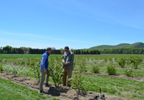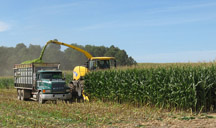 October 30, 2018
October 30, 2018
Today’s online edition of American Agriculturist features the corn data yield mapping project funded by the farmer-driven Northern New York Agricultural Development Program with a mention of the whole farm nutrient mass balance project also funded by the NNYADP. Click here to read the article by Paul Post: https://www.americanagriculturist.com/crops/project-focuses-stabilizing-corn-yields-new-york.

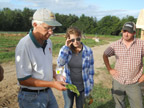 Vegetable research trials and field days in Northern New York have been hosted by farmers across the six-county NNY region and at the Cornell Willsboro Research Farm in Willsboro, N.Y.
Vegetable research trials and field days in Northern New York have been hosted by farmers across the six-county NNY region and at the Cornell Willsboro Research Farm in Willsboro, N.Y.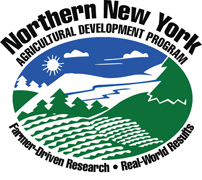
 10/30/18 At the end of this article: see responses to two inquiries from readers about this research.
10/30/18 At the end of this article: see responses to two inquiries from readers about this research.
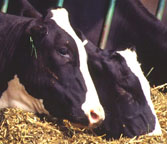 With grants from the Northern New York Agricultural Development Program and other funders, Ketterings and her team have developed feasible mass balance ranges for New York dairy operations, based on actual balances from commercial dairy farms in New York. Farms operating outside the optimal operational zone most likely have opportunities to improve their nutrient use efficiency.
With grants from the Northern New York Agricultural Development Program and other funders, Ketterings and her team have developed feasible mass balance ranges for New York dairy operations, based on actual balances from commercial dairy farms in New York. Farms operating outside the optimal operational zone most likely have opportunities to improve their nutrient use efficiency.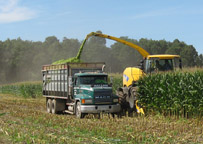

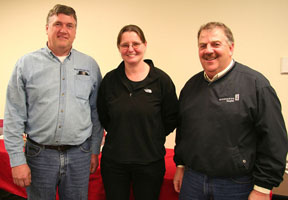
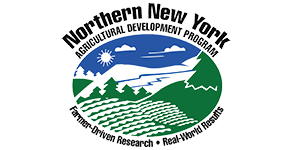 This regional research funded by the Northern New York Agricultural Development Program is part of a statewide effort.
This regional research funded by the Northern New York Agricultural Development Program is part of a statewide effort.